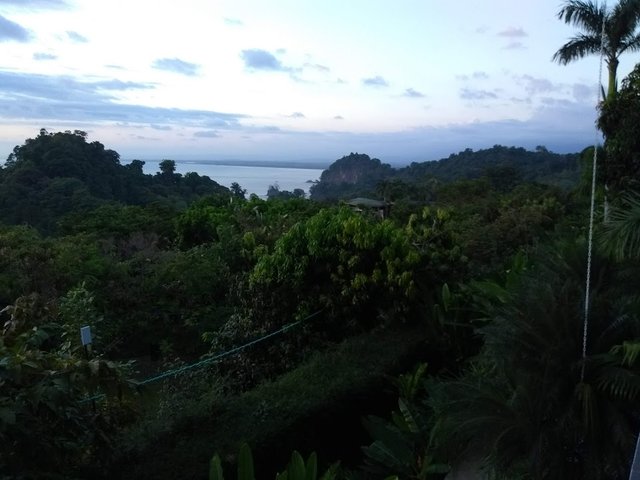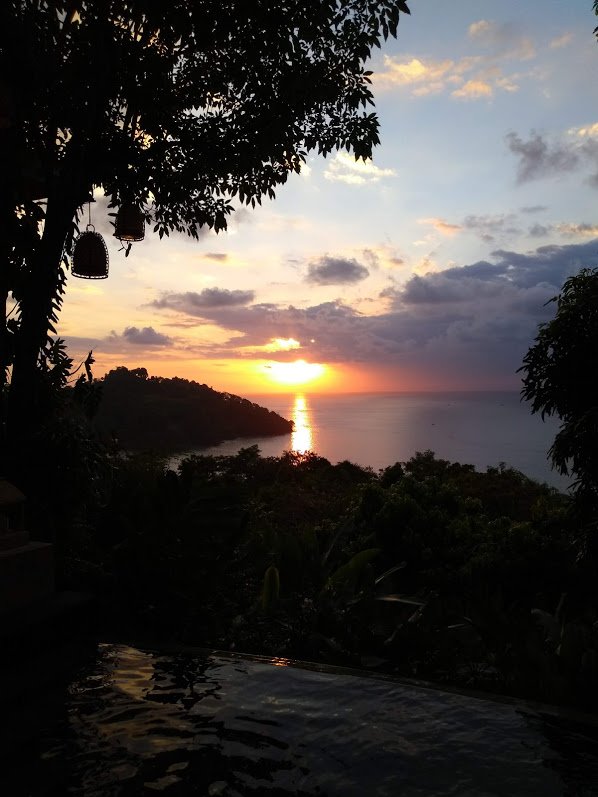Costa Rica - Part 1 - The Sloth Institute Costa Rica
My wife, son and I have just returned from a fantastic visit to Costa Rica, where we stayed at the luxurious Tulemar Resort on the Pacific coast. Our accommodation was in the gorgeous property of Casa de Frutas, which overlooks the medical facility of The Sloth Institute Costa Rica.
The official website of The Sloth Institute Costa Rica defines its focus and mission as follows:
The Sloth Institute, located in Manuel Antonio, Costa Rica, focuses on the research, education and release of hand-raised and injured sloths back to the rainforest.
The Sloth Institute (TSI)’s mission is to enhance and expand the welfare and conservation of sloths.
The Sloth Institute has a 3 pronged approach to realizing its vision:
- RESEARCH of captive, wild and recently released sloths including collaborations with conservationists and scientists around the world
- EDUCATION to generate and disseminate responsible information about sloths
- CONSERVATION programs that negate human encroachment issues impacting sloths welfare and habitat.
I encourage readers to consult the TSI's youtube video on the care and conservation of these endangered animals:
Saving the Sloths Takes a Village
TSI cares for both three-toed (Bradypus variegatus) and two-toed (Choloepus hoffmanni) sloths, differing in their diet, behavior, characteristics and lifecycles. While two-toed sloths are nocturnal, three-toed sloths can be active at any hour of the day. Strictly speaking however, these should be termed two-fingered and three-fingered sloths, respectively.
Sloth research volunteers would routinely use flash lights to illuminate the canopy below Casa de Frutas to track sloth movements at night with the aid of VHF collars and antennae.

Sloth Speedway Below Casa de Frutas (D. Rhodes)
Occasionally sloths use the 'sloth speedways' (green ropes tied between trees) but I have to admit that I never saw one using the ropes during my stay at Tulemar.
However, I did get to see Destiny hanging out in a Ficus tree not far from Casa de Frutas.
A focus of the TSI is to investigate dietary preferences of the two species, which will aid in providing optimal nutrition for orphaned young. In my additional reading on this subject I did come across some interesting differences between three- and two-fingered (toed) sloths with respect to their gut microbiomes, and the role of their fur in harboring moths and algal biomass; major nutritional sources of nitrogen and lipids:
I did learn from the TSI volunteers that sloths do occasionally descend from trees to defecate. I had difficulty in understanding this behavior until I read that this aids in facilitating moth colonization of sloth fur:
We found that the more specialized three-toed sloths harboured more phoretic moths, greater concentrations of inorganic nitrogen and higher algal biomass than the generalist two-toed sloths. Moth density was positively related to inorganic nitrogen concentration and algal biomass in the fur. We discovered that sloths consumed algae from their fur, which was highly digestible and lipid-rich. By descending a tree to defecate, sloths transport moths to their oviposition sites in sloth dung, which facilitates moth colonization of sloth fur. Moths are portals for nutrients, increasing nitrogen levels in sloth fur, which fuels algal growth. Sloths consume these algae-gardens, presumably to augment their limited diet. These linked mutualisms between moths, sloths and algae appear to aid the sloth in overcoming a highly constrained lifestyle. (from Pauli et al. (2014))
If you are interested in endangered species, I can strongly recommend visiting this unique facility. You will be rewarded with superb scenery, flourishing flora and scintillating sunsets:

Sunset at Casa de Frutas (D. Rhodes)
Nice pictures and great information! Thanks for sharing @davidrhodes
Thank you!
resteemed because overdose of cuteness. Very interesting to read. I wonder if their "speed" is due to a mutation in acetycholinergic signaltransduction. For me moving that slow needs much more isometric contraction, its not realy energy efficient :S
Thank you for resteeming. I think that you have proposed a very interesting hypothesis about sloth "speed" possibly being due to a mutation in acetylcholinergic signal transduction. Since the two-toed sloth genome has been sequenced Choloepus hoffmanni (Hoffmann's two-fingered sloth) it may be possible to test this?
I was told by the TSI staff that the males have been seen moving quite rapidly when they get into fights. So they are not in permanent slow motion and the males at least are able to move quickly when in an aggressive or fearful state.